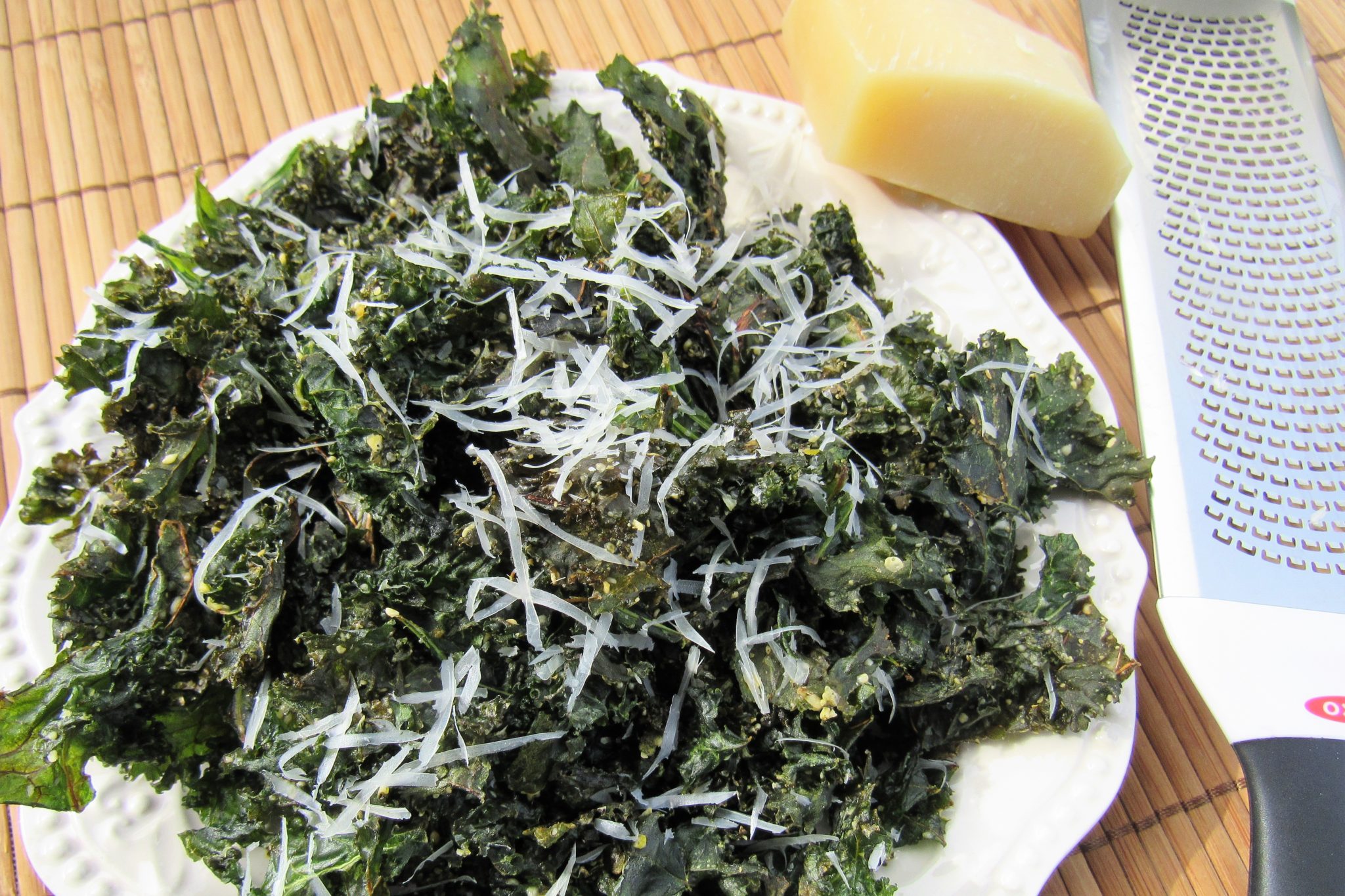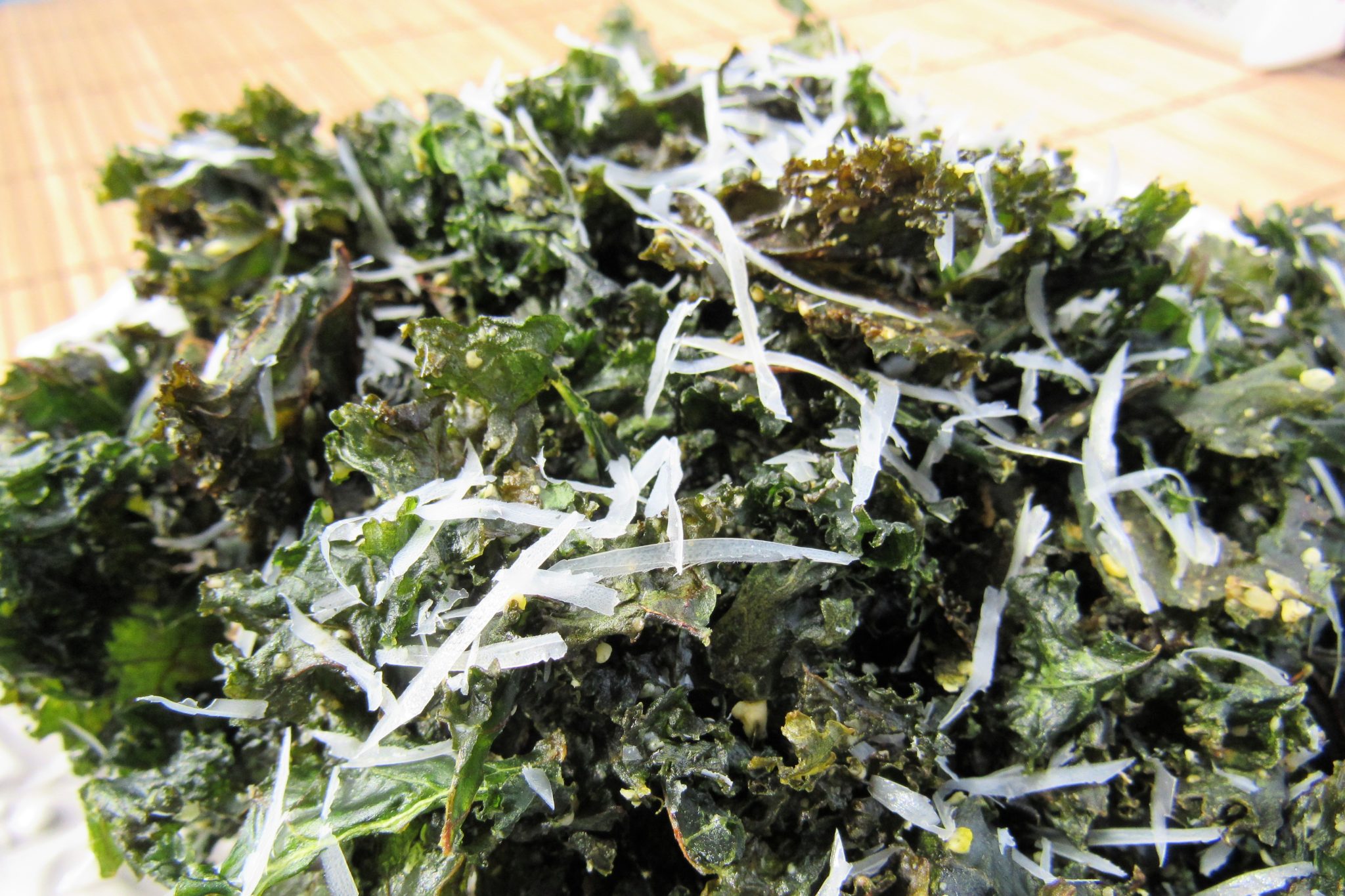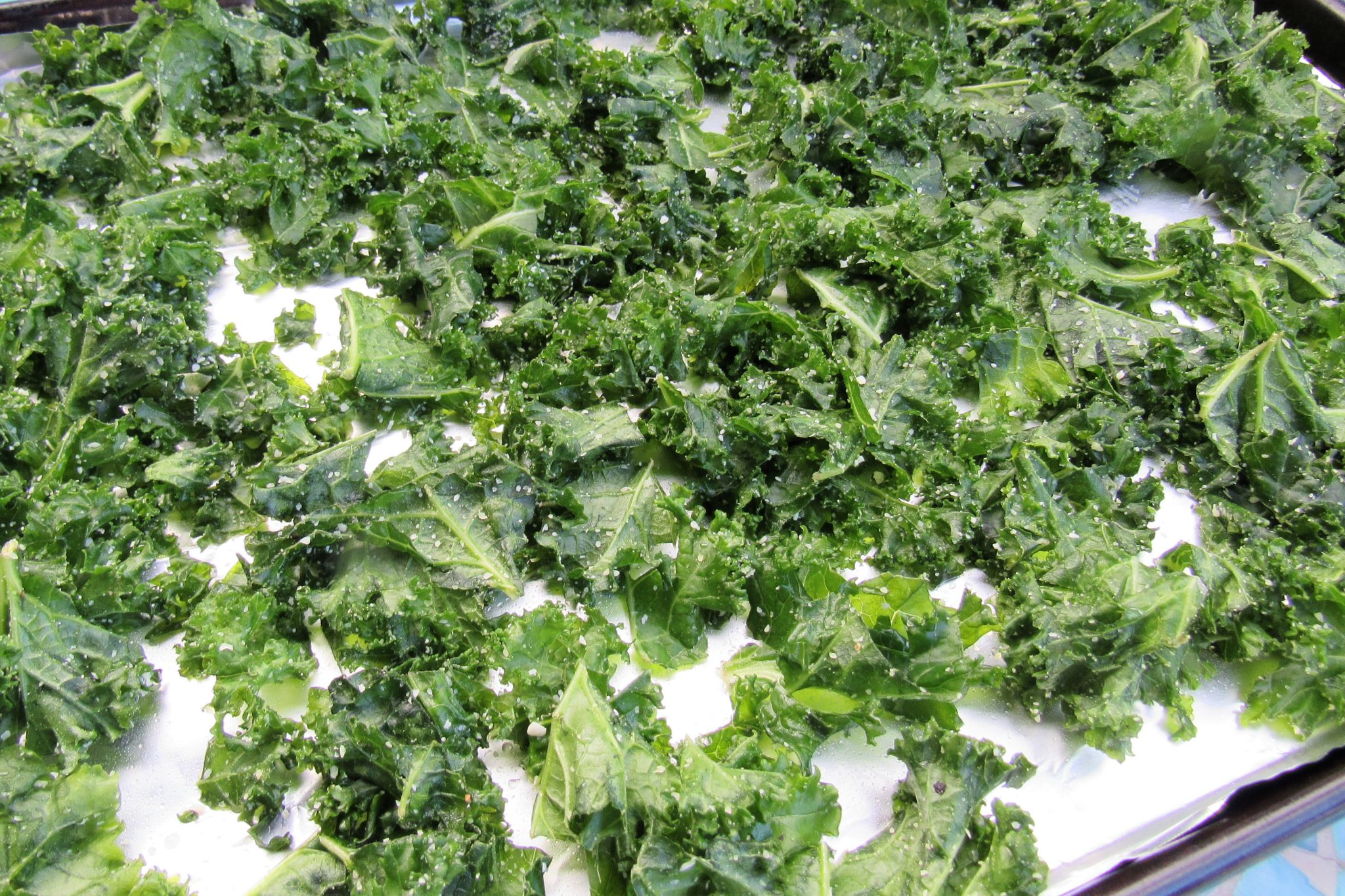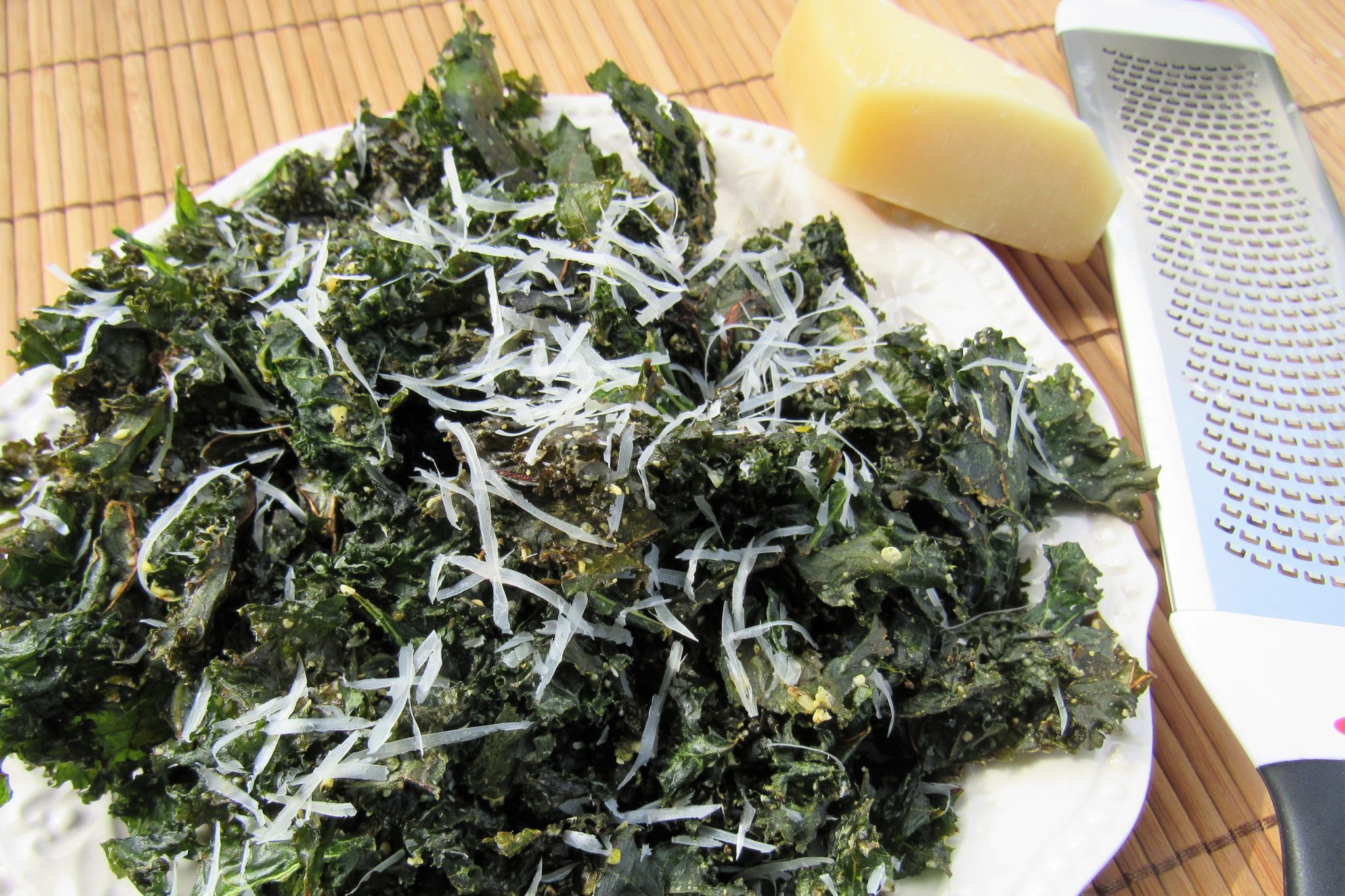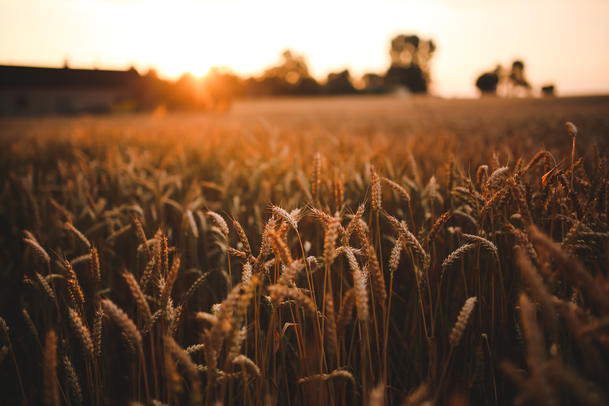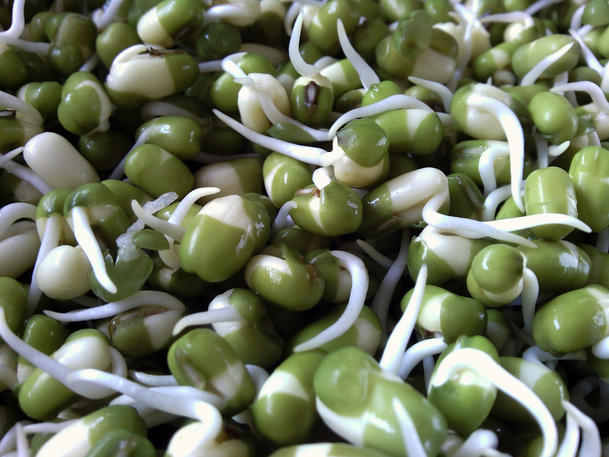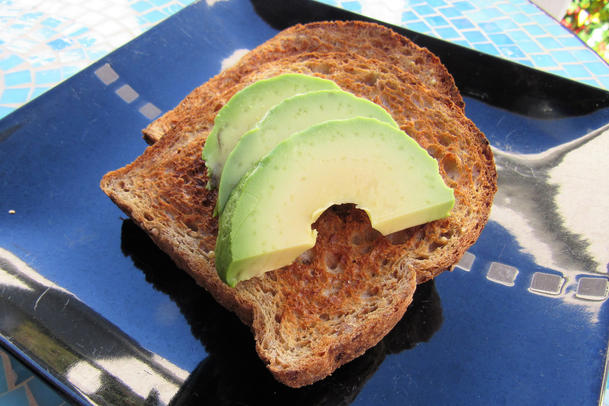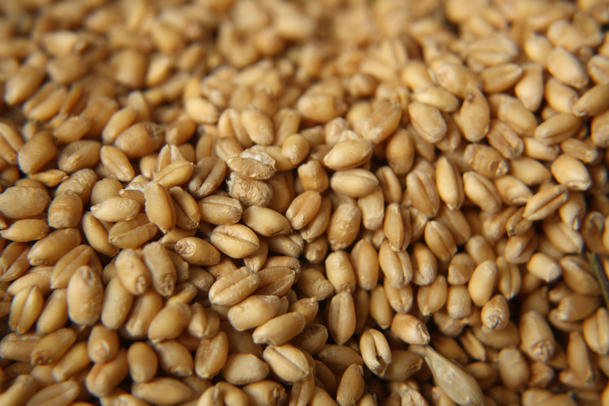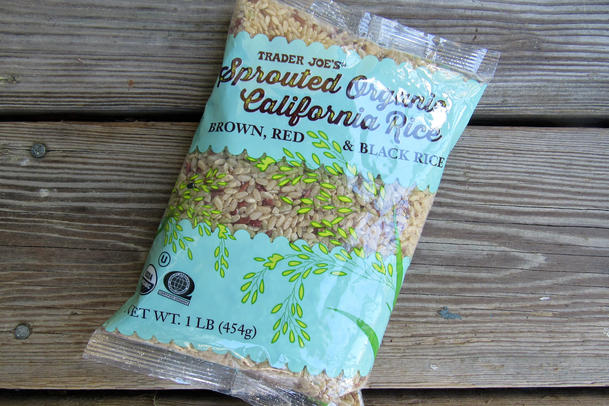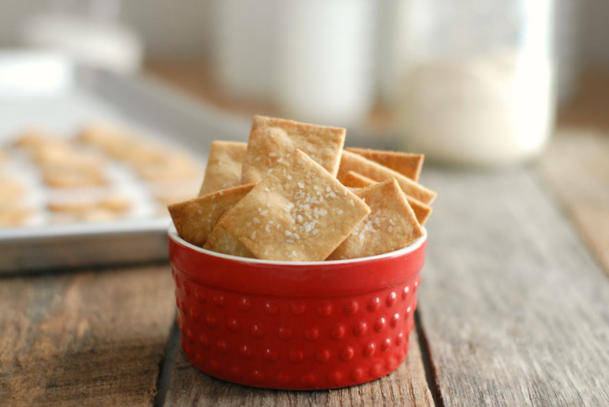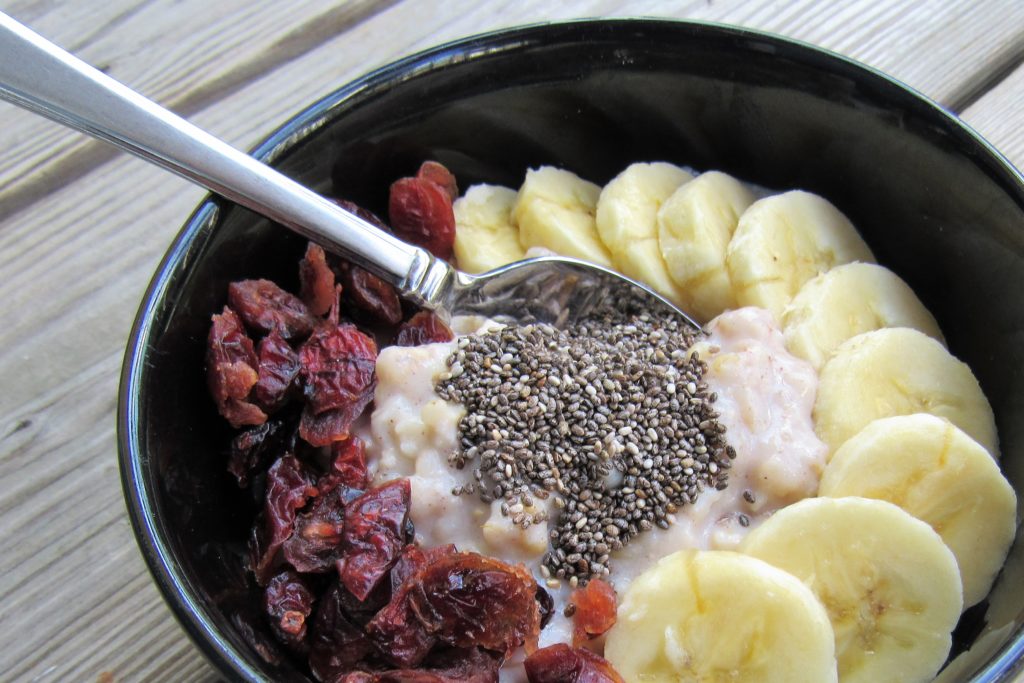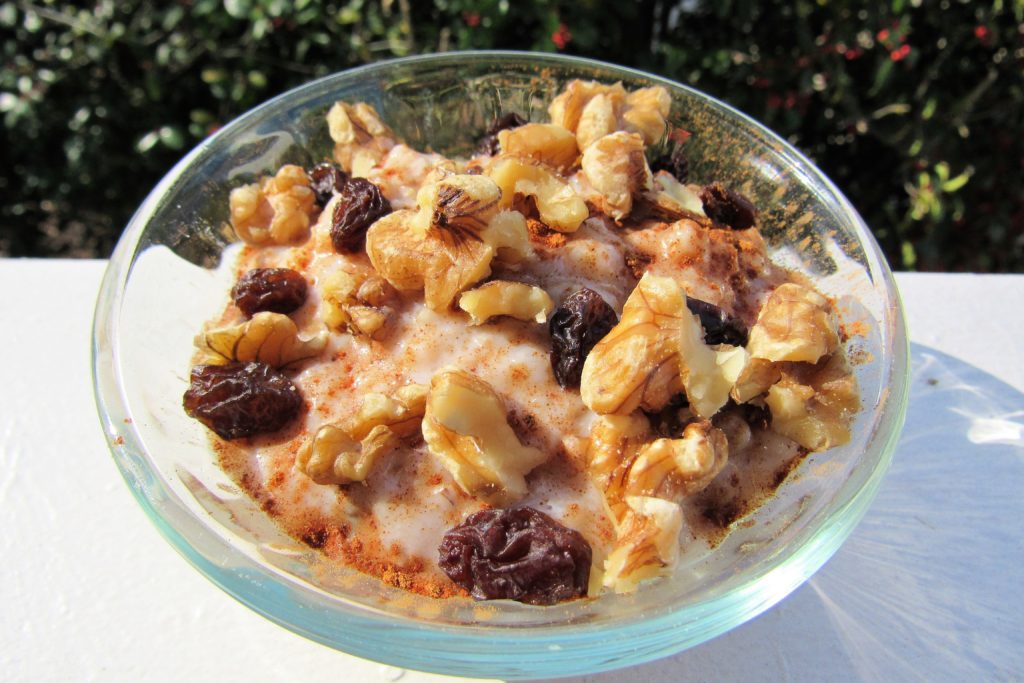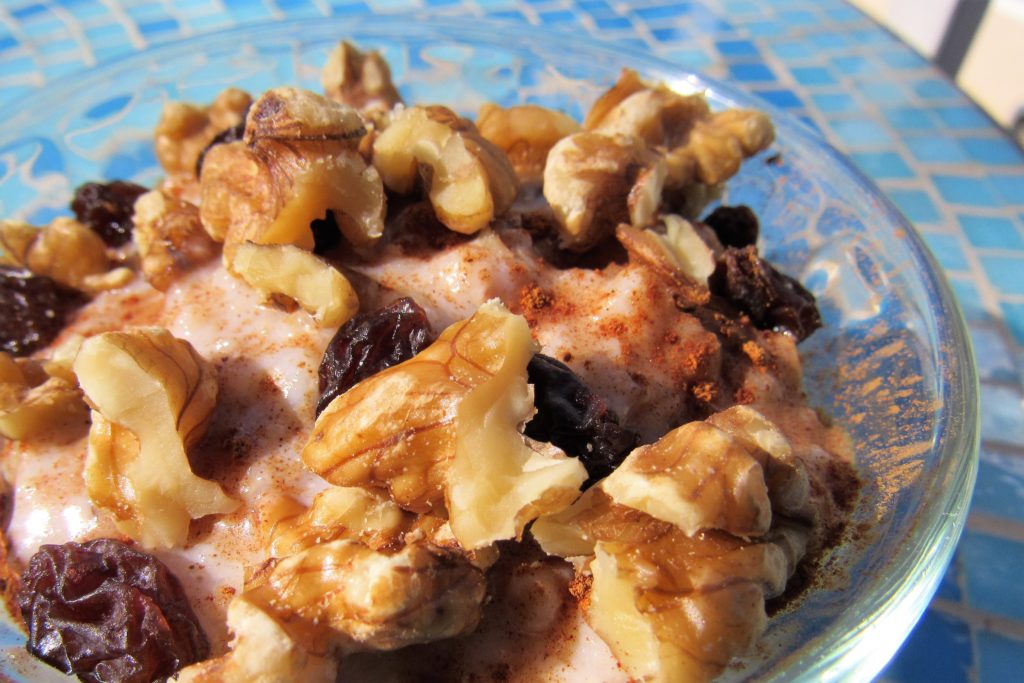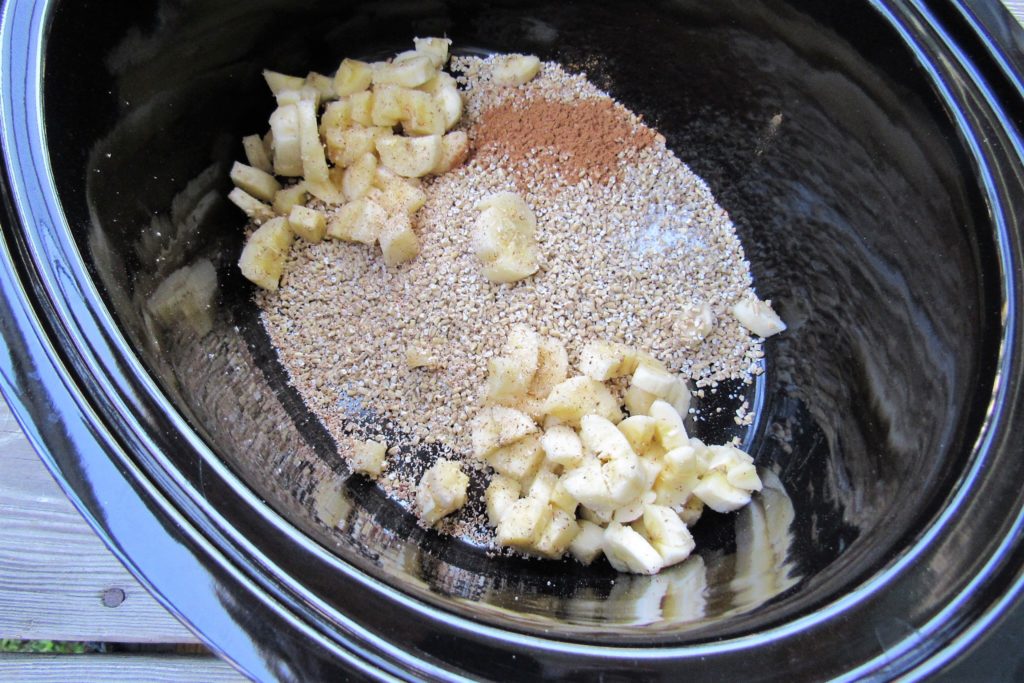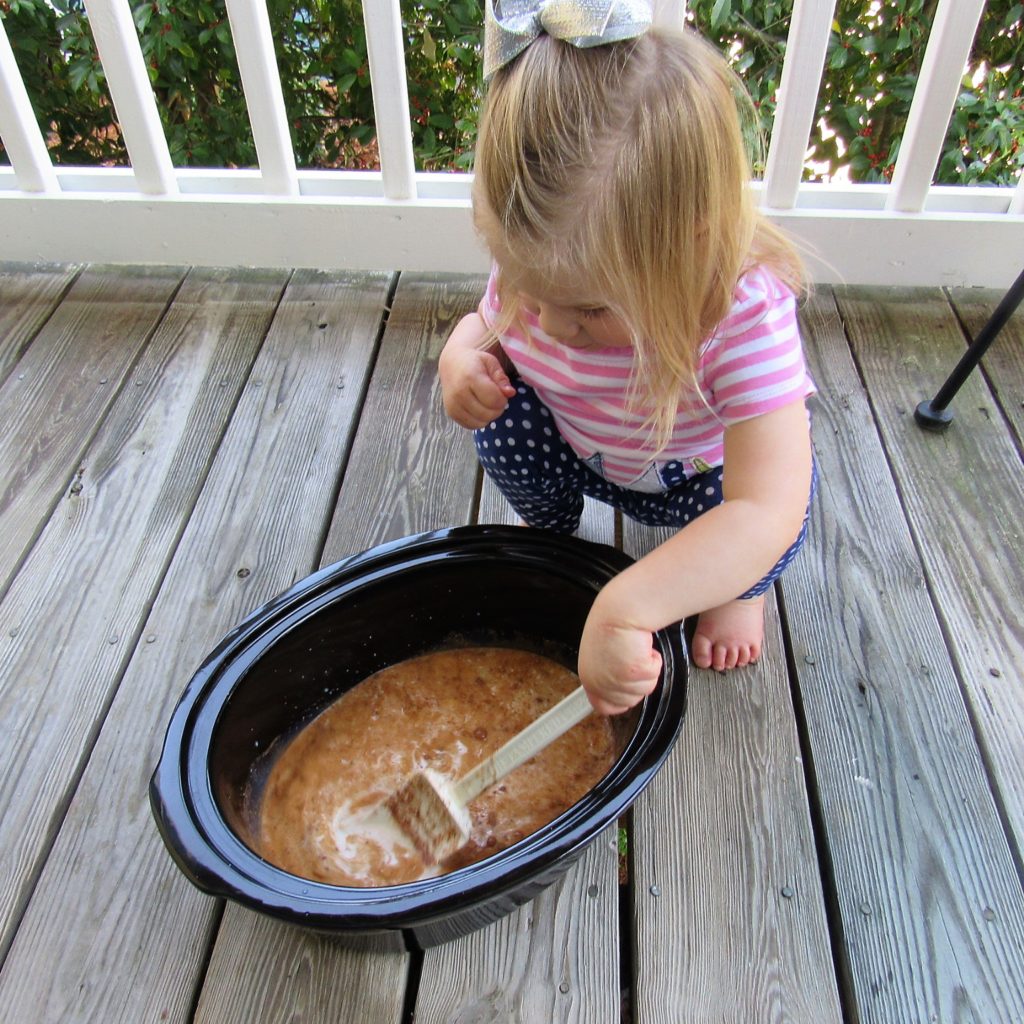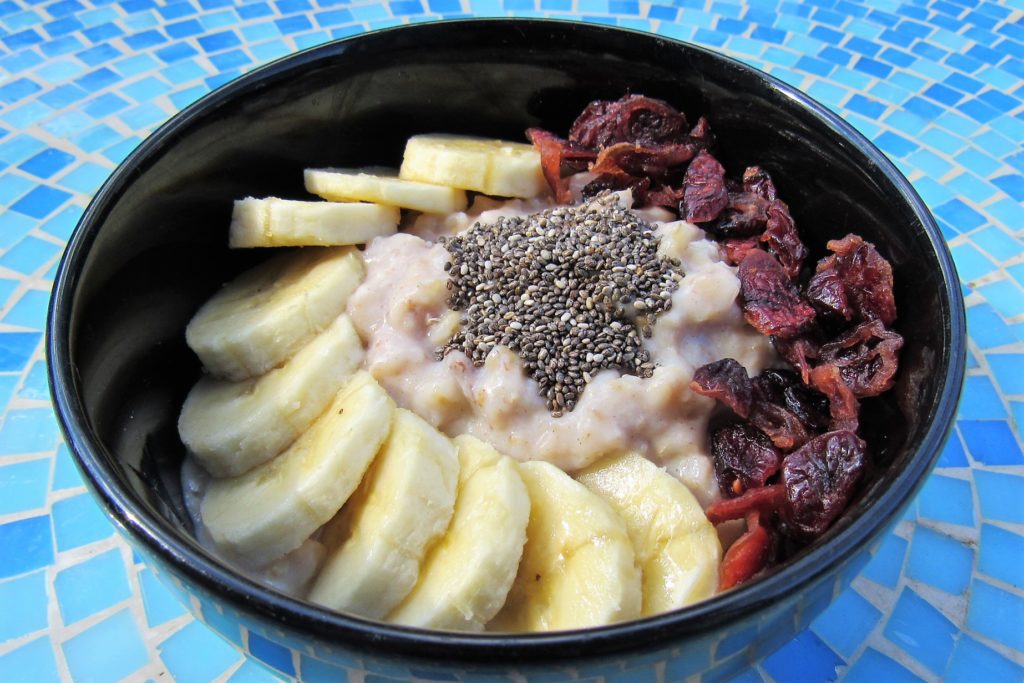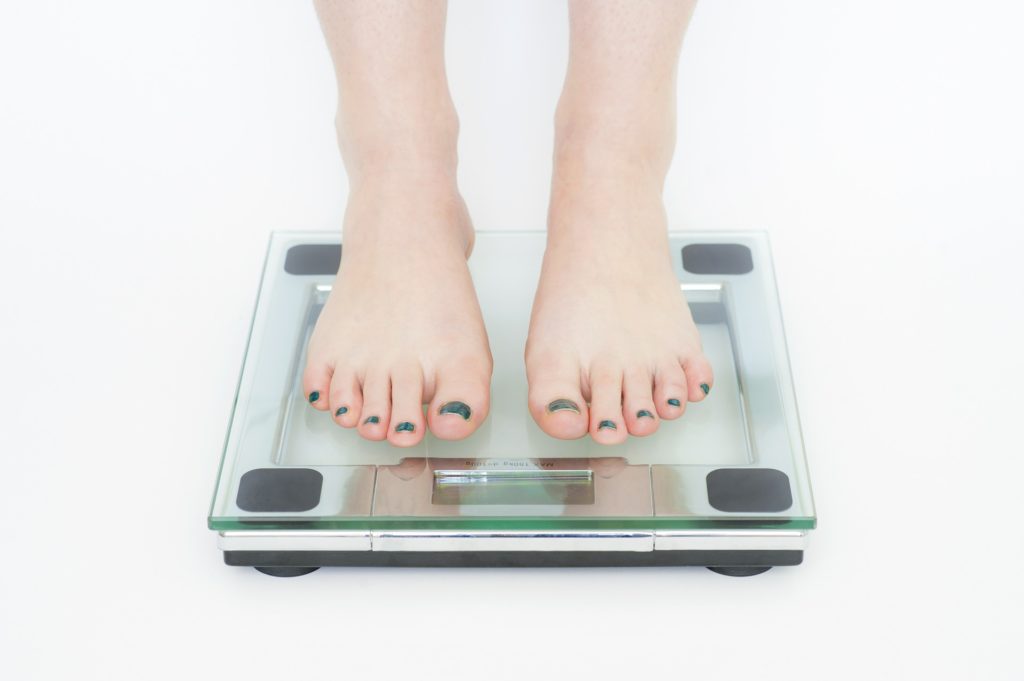
“In two decades I’ve lost a total of 789 pounds. I should be hanging from a charm bracelet.” ― Erma Bombeck
For many, weighing brings moments of delight OR torture…
It really doesn’t matter how big, small, short or tall, you don’t have to be overweight to have a love-hate relationship with the bathroom scale. Sadly, many allow the number to define them. The number tells them whether they were “good” or “bad.” The number shames them or pats them on the back. The number often sets the tone for the rest of the day. It can rob us of hope and unfortunately, the number often takes over our thought life, speaking lies, deceit, guilt, stigma, and defeat.
BUT, you don’t have to fall prey to the seductive forces of the scale. There is a way to use this tool as simply that, a tool that provides information. But like any tool, you have to know how to use it effectively if you want it to help improve your life and get results.
When we use tools improperly, we often get skewed or inaccurate results and make decisions based on that erroneous information. Sometimes, we react, rather than respond.
“How often should I weight?” is a common question in a nutrition counseling session. But maybe even more common is the statement, “I know I weigh too often, but I just can’t help it.” Sometimes we naturally believe that stepping on daily or even several times per day will intrinsically help us keep ourselves accountable and make smart choices, but I rarely, if ever, have found that to be true. Instead, the more frequent people step up, the more anxiety develops about the number.

So, how often is too often. What is not enough? How do you know if you are going overboard?
First, let’s begin by talking about what makes the scale move up and down…
Sodium Intake– If you have consumed a salty meal or fast food meal, it can cause the body to retain fluid. Water helps dilute the excessive amount of sodium. You will eventually eliminate the fluid but if you decide to weigh after a salty meal, expect to see a higher number on the scale.
Fluid and Food Consumption– Weigh a 16 ounce bottle of water and you will find it weighs 1 pound. If you drink that 16-ounce bottle of water, guess how much you will gain? One pound. Your body is in flux all day long as you eat and drink. This is normal. If you decide to weigh late in the day or after a meal, you will weigh more. It’s plain and simple.
Elimination– Are you using the bathroom daily? Do you eliminate on a regular basis? If not, the scale will show.
Excessive Loss of Sweat– If you just had a sweaty workout, you have eliminated some fluid and could even be dehydrated, causing the scale to drop. This doesn’t mean you lost a pound or 2 of fat, but simply that you lost fluid.
Carb-Loading– According to Sports Dietitian, Nancy Clark, for every 1 ounce of carbohydrate, you store 3 ounces of water as glycogen stores. If you are preparing for a race or big athletic event by boosting your carb intake the day before, your weight will increase. However, even for the non-athlete, if you eat a high carb meal, expect higher weight the next day.
Pre-menstrual Bloating– Hormones can play a role in retaining water for a short period of time. It’s not fun but these hormones also allow women to carry, nourish and protect a baby in the womb, breastfeed, and exert all of our feminine charms.
There are a few items that must be consistent EVERY time you weigh in order to get the most accurate, “true weight”:
- Same day of the week
- Same time of the day, ideally first thing in the morning
- Similar clothing or naked
- After the same process
- Same scale
For example, you might choose “Weigh-In Wednesday”. Every Wednesday morning you wake up, use the restroom, shower and then step on the scale. By maintaining consistency, you are able to receive clear information that is least likely to be skewed. Remember, it is information- that’s it.
The encouraging part is that you get to decide how to process the information and what you will do with it. It might mean you decide to tweak your exercise routine or move from 4 to 5 days per week. It might mean you decide to begin working to take your lunch to work 3 days per week instead of grabbing a quick bite out. It might mean you decide to get out your crock pot out and commit to 1 or 2 meals in the slow cooker each week so that you can avoid fast food on the ballgame nights.
The scale is information. Decide to respond, rather than react.
Let’s debunk some myths, invite some fresh perspective and protest the scale guilt…
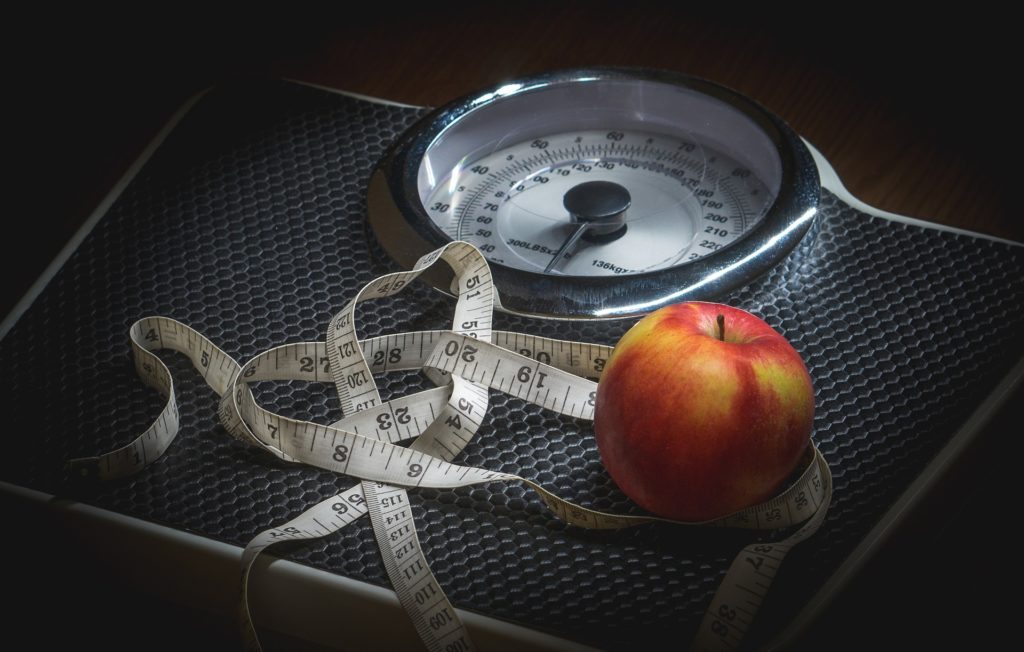
Weighing too frequently can idolize a number.
Do you have an ideal body weight? Where did that number come from? How do you know it is the right weight for you? In working with hundreds of patients and clients in the area of weight loss, one thing I know is that during our first consult, there is absolutely no way to determine an exact ideal weight or whether that individual will be able to reach a particular weight. If we idolize a number, it may only lead to disappointment and feelings of failure, which do nothing to keep us motivated and moving forward. Instead, that keeps us stuck or falling back into ill-effective habits.
WEIGHT is a result a variety of factors, but one thing is for sure, even the best formulas can’t exactly predict how fast or steady weight loss will be. I know, this is frustrating for many people, but YOUR BODY IS COMPLEX and wonderfully made and even the best science does not fully comprehend all that God created.
You must have a general target to move towards, but if we get overly focused on reaching the weight you were when you were 10 years younger, it may turn into a very frustrating journey. A HEALTHY YOU is not just about weight. Wise healthcare practitioners will help you assess your health considering body fat, cholesterol, blood pressure, physical strength and mobility, inflammatory markers and so much more. If you think being healthy is a number on the scale, it can lead you astray.
Interestingly, many athletes have high weights and BMIs (body mass index). This is due to their weight in muscle. They may be lean, muscular and have a great shape but their weight can be high because they are carrying more lean body mass.
To get some better perspective, ask your Registered Dietitian or healthcare practitioner about how to assess your body fat percentage.
Weighing too often can shift your focus from healthy behaviors to making the dial move.
Controlling our weight turns into a game and often leads to overly strict behaviors and choices for a period of time, instead of working healthy habits into our regular lives. Have you ever talked with someone who said they were going to eat a Lean Cuisine every night for dinner to cut back on portions and calories and continued cooking their traditional higher calorie/fat meals for their family?
This person clearly understands that they need some lighter dinners and smaller portions, but to assume that they will eat a Lean Cuisine or low calorie frozen meal every night for dinner for the rest of their life while their family eats supper favorites at the dinner table is absurd. Instead of thinking about how to restrict and control, a better way is to think about how to adapt family dinners to benefit themselves and the entire family. It’s time to focus on long-term, effective strategies, not short-term solutions to change move the dial.
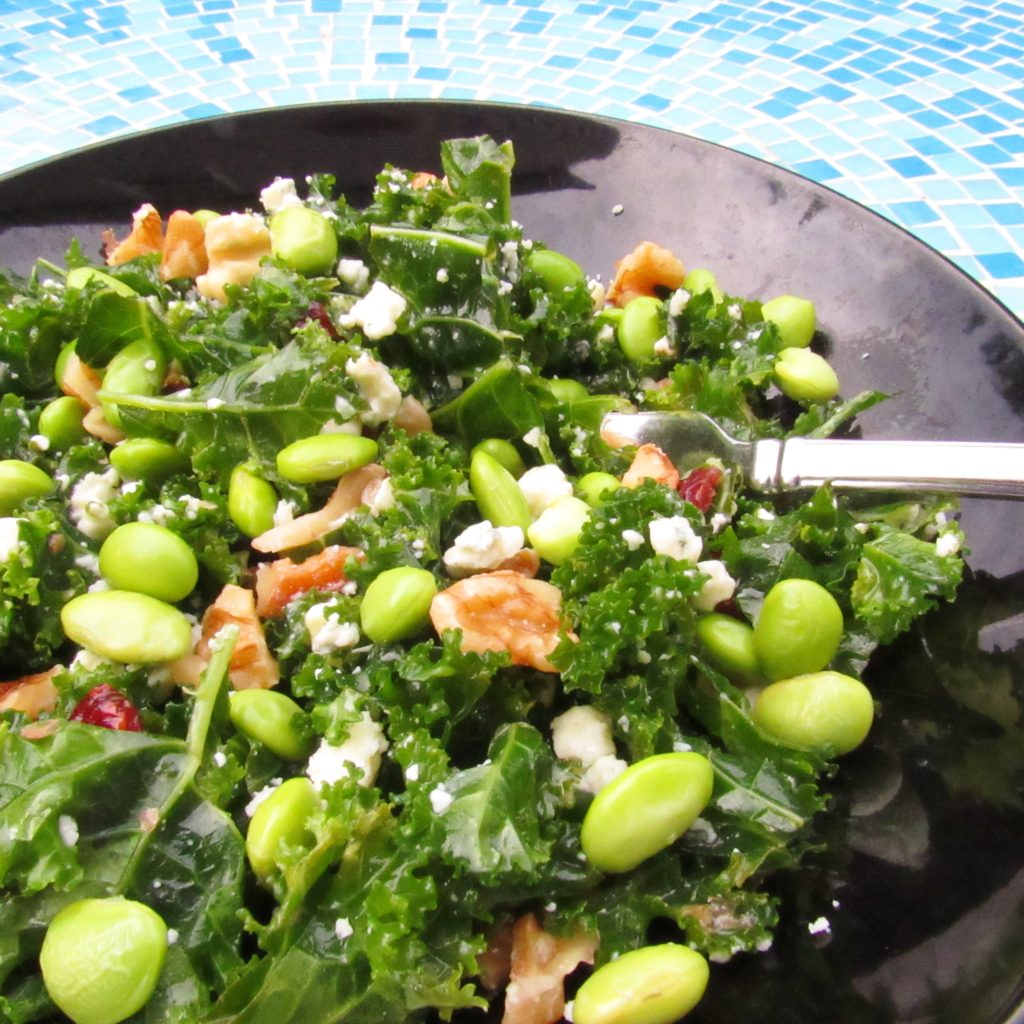
Weighing too often can move our focus away from mindful eating.
Learning to acknowledge and respect satiety and body signals of hunger is a part of living a healthy lifestyle. No one practices this perfectly but it is a crucial part of long-term success (losing or maintaining weight). When we override real feelings of hunger because we are scared of the scale, we are not respecting our bodies and not practicing proper fueling.
If we want to be our best, it takes fueling properly and saying “yes” when our body is asking for nourishment. Making the scale move is not about telling ourselves “no” to food. It’s about creating habits and patterns that help us fuel well at the right times so that we perform, think, feel and look our best. Overriding these signals as a way to restrict might make the scale move temporarily, but it is not a strategy that can be sustained long-term and it is NOT a way to honor our body.
My confession.
I don’t own a scale. That’s right. I owned one for years, didn’t use it often and eventually threw it out. In fact, when I was trying to lose weight after having my daughter, I probably stepped on it a handful of times. This may not be the right method for everyone, but I have found that the numbers on the scale weren’t motivating to me. Instead, they just made me feel inadequate. I decided I could reach my goals by moving my focus to specific habits and behaviors I could modify to help me lose the weight and body fat I wanted to lose. And I did!!
In this fitness article, you will read that I adapted my exercise routine MANY times to find a consistent way to make it happen on a regular basis. And in my post When More Is Less, you will find 10 of my favorite strategies to lighten up meals and fuel the body well without feeling deprived. I saw that the scale was not actually a helpful tool for me in my weight loss journey after baby. But, there were clothes I wanted to fit into again that I would try on every month or so to see if I could zip them up. And, I took measurements that I monitored monthly to see progress. That journey unveiled beauty, fitness and health in a whole new way- beyond a size or number.
The scale might be a great tool for you to use on a regular basis but, as I found, it wasn’t for me.
Dr. Yoni Freedhoff, author and founder of Ottawa’s non-surgical Bariatric Medical Institute warns, “Watching those numbers go down seduces you into thinking you’ve found a lifestyle when in fact [you’re] just on a diet.”
If you think that reaching a certain weight will make you healthy, that’s not the case. In fact, it is opposite. Healthy behaviors get you to an ideal weight for your body.

So how often should you step on the scale? IF you choose to use the scale as a tool, I recommend 1 time per week or less. This allows you to see trends, without the daily ups and downs that can make us feel defeated.
In one research review, the use of daily weighing was found to be helpful for weight loss, but in another research review published a few years later, there was conflicting evidence that frequent weighing may promote feelings of depression, anxiety, low self-esteem and negative mood.
I believe that you already know “how often is too often.” I don’t think you need me or your doctor to tell you.
Engaging in your own health journey is partly learning to trust yourself, your ability to notice body signals and choosing a healthy thought life.
DON’T…
Drive yourself crazy by stepping on the scale too often.
Speak harshly to yourself when the scale doesn’t show what you want.
Allow the scale to define YOU.
DO…
Rise above the scale guilt.
Use information to develop a plan.
Value your body at any weight- it is the only one you have.
TRUTH: I praise you because I am fearfully and wonderfully made; your works are wonderful, I know that full well. –Psalm 139:14 (NIV)
0 Likes173 Views



